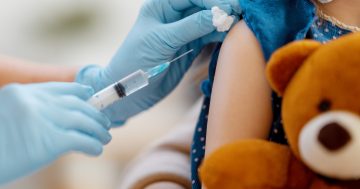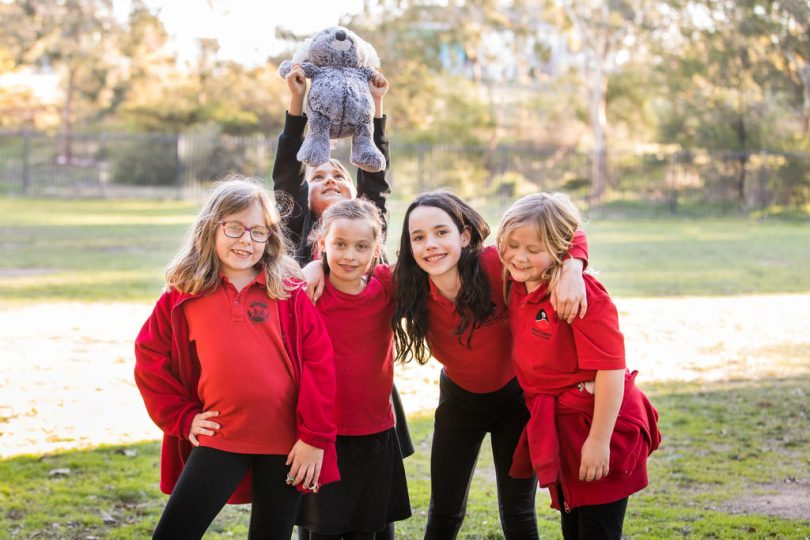
The mascot wellbeing program was so popular with children, educators decided to introduce two new mascots, Kirk the Koala and Quinton the Quokka. Photo: Communities at Work.
Remember normal? Before hail, fires, storms, floods and a pandemic upended the rhythms of life?
Adults have learned to adapt to our ‘new normal’ and adjust our expectations. But how have our children coped and what strategies can help them process the events making headlines?
Communities at Work’s Out of School Hours Care (OSHC) services inclusion officer Emily Smith says they’re valid questions.
“We know children are a bit more vulnerable. Changes in routine are major for them, and they’ve had to adapt to so many different changes in their routine these last two years,” Emily says.
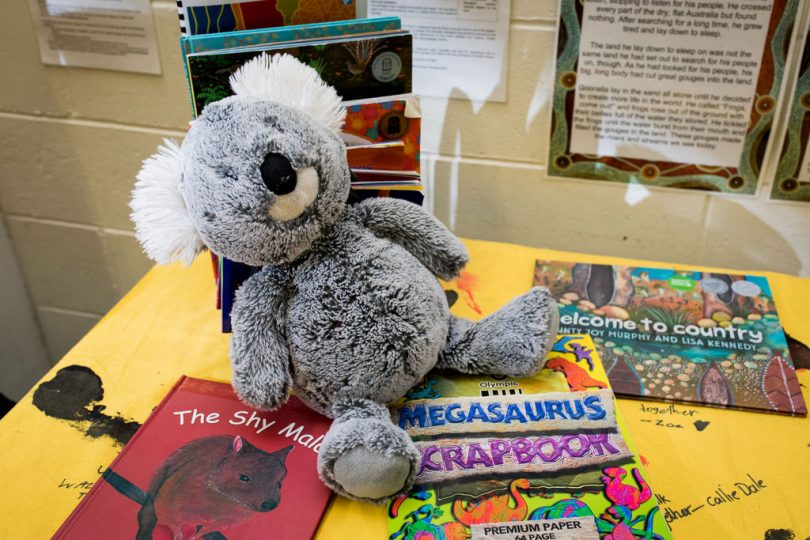
The wellbeing mascots are a great way to open the door to conversations around mental health and wellbeing with children and their families. Photo: Communities at Work.
“As adults, some of the things we’ve had to adapt to are pretty overwhelming and then we have these little people, who have just had to soldier on through it. I think they are pretty incredible.”
Emily says research shows children’s anxiety and loneliness have increased, partly due to missing their peers.
“They were not getting that opportunity to have playtime with their friends and, if they’re not attending school, they’re not seeing some of the educators they have a really strong connection with.”
Experts say while it’s normal to feel overwhelmed during stressful emergencies and disasters, it’s important to provide an appropriate support framework for children in their formative years so they develop the tools to cope with mental stress going into adulthood.
The OSHC team has brought in some cute, cuddly wellbeing mascots as part of its strategy to help children share how they feel. And they’ve proven an instant hit.
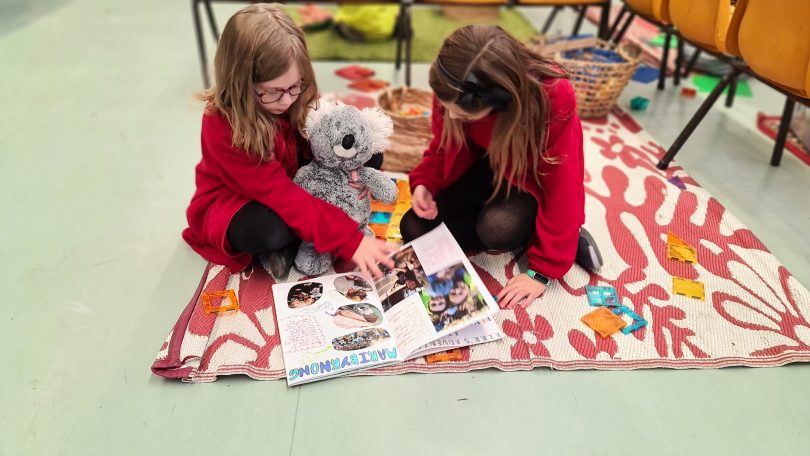
The wellbeing mascot is accompanied by a journal where children record their activities during the week’s visit. Photo: Communities at Work.
The wellbeing mascot idea was initially developed by OSHC program coordinators after completing Beyond Blue’s `Be You’ program.
Emily says the team wanted to find a way to support the mental health and wellbeing of children attending OSHC and extend that to families.
“We thought if adults struggle with discussing and dealing with mental health, how can we expect children to discuss it, without appropriate support and tools? How do we bring that topic to children and not dance around the subject? How do we make it softer and something more relatable?
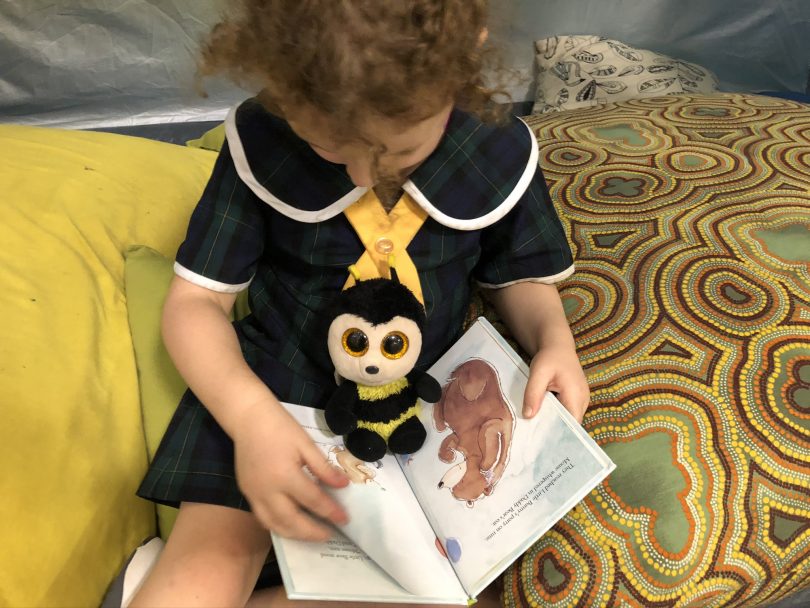
Children found the wellbeing mascot a source of comfort and a ‘friend’ they could share their thoughts and feelings with in a safe space. Photo: Communities at Work.
“When you think about children and what they love, a lot of them have an attachment to a toy, something that’s a bit of a safe haven. So we thought how about a toy mascot?
“Sometimes children might not want to talk to an adult, but when they see something as comforting as a small plush toy, it’s a bit more relatable.”
The plan developed and Beatrice the ‘Bee You’ Bee was introduced into all OSHC services.
“Beatrice was a huge hit,” Emily says. “The children were always so excited when she came to visit them and involved her in many of their activities.”
When it was time for Beatrice to retire, the team decided to refresh the program and introduce Kirk the Koala and Quinton the Quokka.
The educators have again found the mascots an effective tool to get children talking and thinking about mental health.
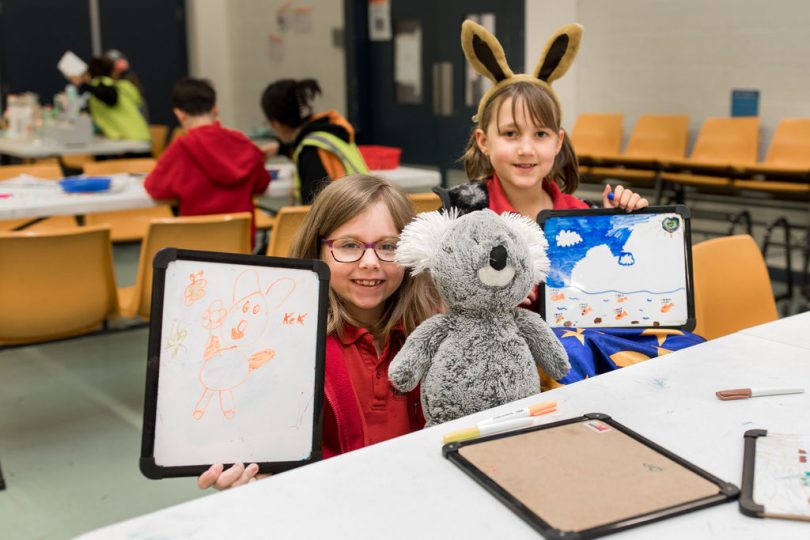
The children love when the mascots visit and include them in their daily activities. Photo: Communities at Work.
“The big thing is it breaks the ice,” Emily says. “It’s something that starts those conversations and makes those connections with the children where they’re actually able to be really honest about the things that make them feel really sad or a little bit angry.
“That’s an opening for us to then explore that a little bit further with them.”
With 12 early education and care centres, 18 Out of School Hours Care Services and almost 100 family day care and in-home care educators, Communities at Work is Canberra’s largest provider of children’s services. It looks after almost 10,000 children.
